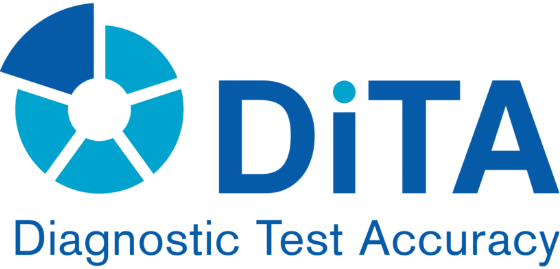Use the Back button in your browser to see the other results of your search or to select another record.
The validity of sonographic posterolateral rotatory stress test for atraumatic posterolateral rotatory instability diagnosis
Mahasupachai N, Premsiri A, Chanlalit C
J Shoulder Elbow Surg 2025 Oct 9;Epub ahead of print(Check):Check
primary study
BACKGROUND: Enthesopathy of the extensor carpi radialis brevis (ECRB), commonly known as tennis elbow, is effectively managed conservatively in most cases. However, some patients require surgery, often due to hidden concomitant conditions like atraumatic posterolateral rotatory instability (PLRI). Diagnosing atraumatic PLRI is challenging due to its subtle instability and limited sensitivity of physical examination tests and imaging modalities. This study evaluates the validity of the sonographic posterolateral rotatory stress test compared to arthroscopy, the gold standard, for diagnosing atraumatic PLRI. METHODS: This single-center prospective diagnostic accuracy study included patients with persistent lateral elbow pain undergoing elbow arthroscopy between April 1, 2021, and September 30, 2024. The arthroscopic ulnohumeral (UH) gap opening sign using the posterior central portal was used as the gold standard. The sonographic posterolateral rotatory stress test was performed using dynamic ultrasonography with the same maneuver. Sensitivity, specificity, positive predictive value (PPV), negative predictive value (NPV), and overall diagnostic accuracy were calculated. The reliability of the sonographic test was assessed using intra- and inter-observer intraclass correlation coefficients (ICC). RESULTS: A total of 42 patients were included, with 13 having a positive arthroscopic UH gap opening sign. The sonographic test demonstrated a sensitivity of 69.23%, specificity of 100%, PPV of 100%, NPV of 87.88%, and an accuracy of 90.48%. It outperformed MRI (54.76% accuracy) and physical examination tests (accuracy: 76.19% for the posterolateral drawer test and lateral pivot-shift test, 78.57% for the pivot-shift apprehension test). Significant differences in UH distance were observed between symptomatic and contralateral elbows, supporting the validity of the sonographic test. The test demonstrated perfect intra-observer reliability (ICC 0.87 to 0.94) and substantial to perfect inter-observer reliability (ICC 0.78 to 0.94). CONCLUSION: The sonographic posterolateral rotatory stress test is a highly accurate and noninvasive diagnostic tool for atraumatic PLRI. Its high specificity and ability to compare with the contralateral elbow make it a valuable preoperative assessment method, particularly in patients with recalcitrant tennis elbow. We recommend incorporating this test into clinical practice to aid surgical decision-making. LEVEL OF EVIDENCE: Level I; Prospective Cohort Design; Diagnostic Study.
Full text (sometimes free) may be available at these link(s): ![]() help
help


